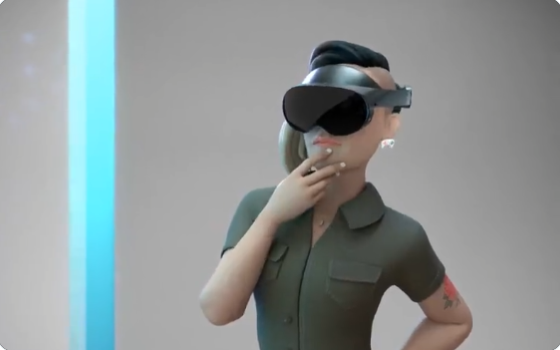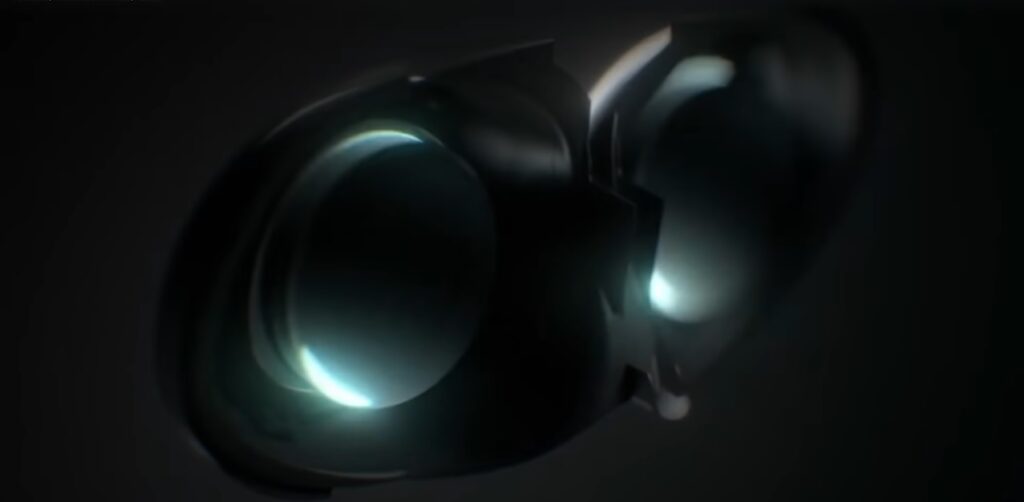While Meta’s quarterly earnings calls are a number fest, occasionally CEO Mark Zuckerberg gives some interesting insight or update as to its hardware plans. That was certainly the case this week when in amongst all the Oculus Store figures he mentioned that Meta’s high-end virtual reality (VR) headset (Project Cambria) is still on track for a 2022 launch.

Project Cambria was officially announced during the Connect 2021 keynote – although a leak had surfaced – widely expected because had continually talked about an Oculus Quest Pro model. This was going to be more powerful, have more sensors packed into it to track your eyes and facial features. It’s assumed these are the same device, with Meta looking to corner the prosumer and enterprise market as well.
The Connect 2021 address mentioned a 2022 launch window and Zuckerberg has reiterated that fact, saying: “We’re working towards a release of a high-end virtual reality headset later this year.” It’s likely the official launch will take place during Connect which should make for quite an exciting finale to 2022 for VR fans as PlayStation VR2 has been rumoured to arrive by year-end.
Whilst there are still plenty of unknown’s regarding Project Cambria, Meta has dropped several details highlighting its desire to create a much more refined VR experience for those who don’t mind paying for it.
It’ll still be a wireless, standalone headset for ultimate freedom in VR that’ll be compatible with Quest – but it won’t be the next Quest – so it’ll likely still include AirLink or some other PC connectivity. Plus as a high-end product, it’ll cost more, probably north of £500 to differentiate it from the Quest 2’s £299/£399 consumer price point.

As for the in-built tech, those eye and face tracking features will play a major part, thus allowing your metaverse avatar to express your actual emotions. Meta’s VR avatars actually got an upgrade earlier this week to aid with this process. Eye-tracking also allows for foveated rendering, focusing processing power on where you’re looking whilst your peripheral vision can be rendered at a lower quality.
Project Cambria won’t purely offer VR experiences either, it’s going to be a mixed reality (MR) headset with full-colour passthrough thanks to an array of cameras. This will be different to MR devices like Magic Leap because you won’t have a transparent display to look through. Instead, the real world will be displayed in the internal screens with advanced algorithms helping to add a sense of depth.
None of this will be any good if the optics aren’t amazing. So to make the visuals pop whilst ensuring a slim, light headset Meta will be employing pancake optics. These fold light several times over to maintain a thinner form factor, the lens being one of the main reasons for the bulk of a VR headset.
This pro headset might be readying for launch in 2022 but don’t forget Meta isn’t dropping the Quest product lineup. The CEO said last year that its Reality Labs division was working on follow-up devices: “We have product teams spun up now, working on the next few generations of virtual reality and what Quest 3 and 4 are gonna look like.” So consumer Quest’s aren’t going anywhere.
For further updates on Project Cambria, keep reading gmw3.
This article was originally published on vrfocus.com
